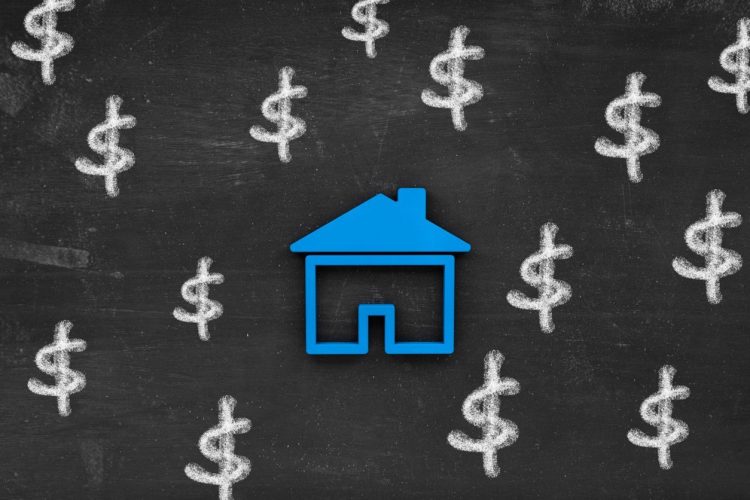While home prices are inching up, the rate of increase is slowing, per the latest findings from the S&P Cotality Case-Shiller Home Price Index for the month of August (the index measures on a two-month lag).
The national index inched up by 1.5% year-over-year. Growth slowed similarly in the index’s 10-city composite index, which increased 2.1% annually, and the 20-city composite index, which increased 1.6% annually.
The devil is in the backward-looking details, though. This is the slowest rate of annual home price appreciation since July 2023 and the seventh consecutive month of home price appreciation slowing, as observed by Bright MLS Chief Economist Lisa Sturtevant in a public statement.
Realtor.com® Senior Economist Anthony Smith added that supply, along with more qualitative metrics, are stymieing price growth.
“During August, inventory gains slowed from earlier in the summer, and the pace of new listings declined. These supply-side headwinds suggest that, even (as) conditions improve for some buyers, limited turnover and cautious sentiment are keeping price appreciation in check,” said Smith.
Sturtevant said that based on changes in prices and mortgage rates from June and September, homebuyers would now save an average $271.
“That average $271 per month savings could be enough to bring some buyers into the market. But growing economic uncertainty is keeping others on the sidelines. The Mortgage Bankers Association has reported that lower rates have led to a big increase in refinance activity but purchase applications have been muted,” Sturtevant continued.
“Many prospective buyers stayed sidelined due to high monthly payments and constrained affordability, limiting the pool of active shoppers and dampening momentum in several major markets,” Smith added in his statement.
Regional breakdown
Seasonally adjusted, the metro areas which saw the greatest month-over-month growth were:
- San Francisco, California (up 0.83% in August compared to July)
- Chicago, Illinois (0.64%)
- Seattle, Washington (0.53%)
- Cleveland, Ohio (0.47%)
- San Diego, California (0.41%)
Smith observed that Northeast and Midwest markets are the ones seeing “above-average price gains,” which he attributed to “tighter resale supply and steadier demand.” Sturtevant added high-cost Northeast markets such as New York City (up 0.05%) and Boston (up 0.32%) continued to see price growth on account of “strong local economies and high-wage jobs, along with still-limited inventory.”
On the other hand, Smith pointed to areas in the Sun Belt as one where price gains are most softening: “Inventory is recovering more rapidly, homes are taking longer to sell and price cuts and delistings are becoming more prevalent, indications that leverage may be shifting slightly toward buyers in those areas.”
Metro areas which saw the biggest month-over-month declines per Case-Shiller were:
- Miami, Florida (down 0.62%)
- Phoenix, Arizona (0.61%)
- Tampa, Florida (0.50%)
- Las Vegas, Nevada (0.50%)
- Portland, Oregon (0.45%)
Sturtevant noted that “it will be important to watch local economic conditions, including unemployment rates, job growth, big employer layoffs or hiring freezes, to help gauge which markets are likely to see cooler prices in the fourth quarter.”
For the full Case-Shiller index, click here.












